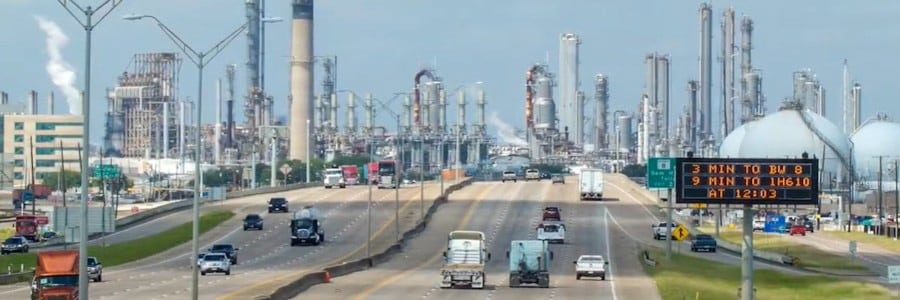Conventional, Synthetic or Synthetic Blends

As every fleet manager is aware, the choice of a heavy-duty engine oil is critical because it has an impact on operating, maintenance and fuel costs. Beyond viscosity grades, you have a choice among three categories of oil available: conventional, synthetic, or semi-synthetic, commonly referred to as synthetic blends or “syblends.” What’s the difference between these oil types? Which is the right choice for your fleet? And what are the price/performance tradeoffs you need to consider when choosing among them?
Chevron Lubricants engineer Shawn Whitacre addressed these questions in a recent appearance on “The 10-44,” a weekly webcast on Commercial Carrier Journal’s CCJ Digital channel. In the webcast, Shawn explains the different refinement techniques that distinguish a synthetic base oil from a conventional or mineral base oil. Conventional oils, he points out, are abundantly available, cost effective, and increasingly deliver higher performance as refinement techniques have advanced. The reason to consider synthetics, however, is that they are more stable as engine operating temperatures fluctuate. “Synthetics by definition have a very good viscosity index,” he explains, “which means they don’t have that drastic response to temperature” that might alter the thickness of a conventional oil. Synthetics also have good volatility characteristics, which matters with today’s newer, hotter-running engines and longer drain intervals.
Synthetic oils are priced more than conventional oils. However, as Shawn points out, that incremental extra upfront cost is likely offset by the fuel economy savings that synthetics help deliver over time, as well as extended drain intervals and reduced engine maintenance. Synthetic blends, meanwhile, have become “probably the number-one choice of large fleets” because they deliver many of the benefits of full synthetics, but at a price point closer to a conventional oil. Of course, your fleet’s operating conditions and environment are critical factors in the decision.
For a more detailed comparison of these three oil options, it pays to watch the full interview with Shawn. It is less than 15 minutes and well worth the time, as it will help you make informed decisions for the long-term health and performance of your fleet.
